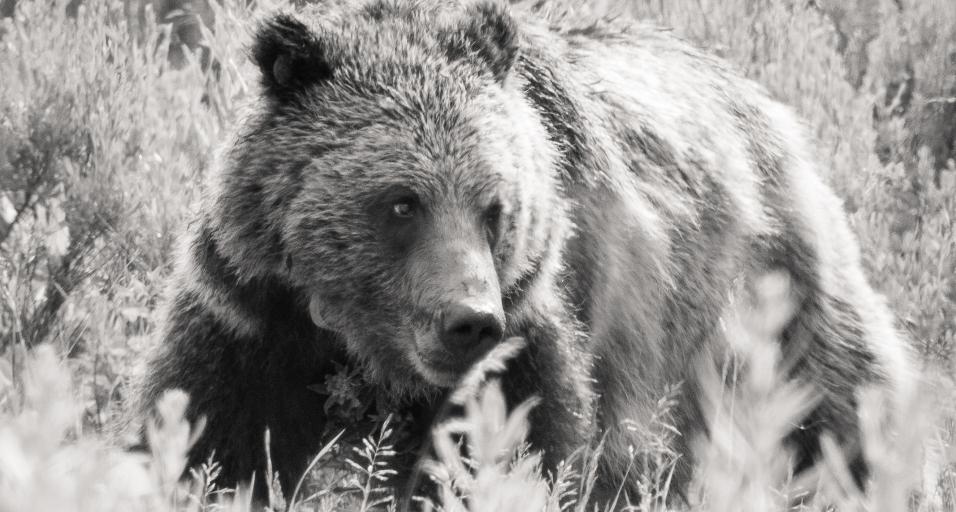In Wyoming, it’s rarely the groundhog that signals spring — it’s the grizzly bear. Already, the first bruins have been sighted in the northwest corner of the state, out of hibernation and in pursuit of food. The bears’ early presence serves as a reminder for outdoor recreationalists and rural homeowners in bear-inhabited areas of Wyoming brush up on bear safety.
“Even the most experienced recreationalist or rural homeowner who has lived in bear country for years can wind up in a close encounter or conflict situation with a bear,” Bear Wise Coordinator Dusty Lasseter said. “We want people to stay diligent to avoid any potential bear conflicts.”
Lasster is the coordinator of the bear education program, Bear Wise Wyoming. It is a resource for recreationists, outdoor enthusiasts and anyone who lives in bear country. Lassester said everyone has a role in putting bear safety-practices in place this spring.
For people who live in bear country — black or grizzly — Lasseter recommends keeping garbage, livestock or pet feed and birdseed properly stored and unavailable to bears. Barbeque grills should be kept clean and stored in a garage or shed when possible. This limits attractants that can draw them to areas where people live or camp.
“The majority of the people in rural areas of Wyoming where bears roam do an excellent job of securing attractants to keep foods away from bears but it’s important to remain vigilant and remember to secure attractants to minimize the potential for conflict,” Lasseter said.
Those who recreate in bear country also need to be aware of the potential for encounters with bears. When recreating in bear habitat, be prepared and alert. Hike in a group and make noise as you travel so bears can hear you. Learn to recognize areas of heavy bear use by knowing how to identify tracks, scats and diggings, and if you smell a carcass, avoid it. Congregating magpies or ravens often indicate a nearby potential food source for bears. Remember, when bears scavenge large animals they often cover what they can’t eat with brush or dirt and may stay nearby for several days to defend it from other large carnivores.
Commercially available bear spray is an effective deterrent if confronted by a bear. Carry bear spray in a readily accessible manner and make sure the spray is EPA approved. Use bear spray only as a deterrent and as a last resort to avoiding a physical encounter.
Game and Fish strives to manage conflict resolution between people and large carnivores, as well as quantifying and evaluating how situations occur. It is critical the public notifies Game and Fish if a conflict arises as soon as possible.
“In most conflict situations, bears do not interact with people, rather they obtain unsecured human foods, livestock or pet foods, garbage or birdseed,” Lasseter said.
Many times, Game and Fish can take action to effectively deter ongoing conflicts, which is good for people and bears.
To learn more, visit the Bear Wise Wyoming website.
First grizzly bears emerge from dens
Sara DiRienzo (307-777-4540)



